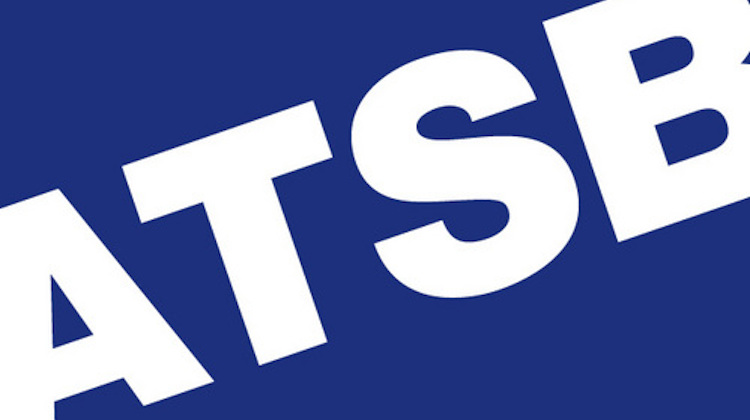The Australian Transport Safety Bureau (ATSB) has opened an investigation into a possible collision between an aircraft and drone near Parafield Airport in Adelaide.
The notification on the ATSB website said the incident occurred on Tuesday, July 11 2017 as the the single-piston Socata Tobago TB-10 VH-YTG was preparing to land.
“The pilot advised air traffic control that, during final approach to runway 03L at Parafield Airport at about 1830 Central Standard Time, the aircraft struck an object, which was potentially a remotely piloted aircraft (RPA),” the ATSB said.
“The aircraft sustained minor damage to the right wing.”
The registered operator of VH-YTG is Flight Training Adelaide Pty Ltd.
The ATSB said an initial search of the area under the flightpath did not locate the object. The investigation was expected to be completed by November 2017.
Drones have grown in popularity in recent times, which has posed questions for regulators as to the best way to manage this emerging aviation sector.
And their use has also led to an increase in the number of drone-related incidents.
Indeed, an ATSB report published in January said there were 12 accidents, four serious incidents and four incidents involving RPAs recorded in 2015.
“This is a significant increase compared to any other year in the previous 10 years and reflects the increasing prevalence of these aircraft,” the ATSB report said. The figures do not include incidents where pilots of conventional aircraft have reported encountering an unidentified RPA/model aircraft.
The report said most of the incidents involving RPAs involved collision with terrain, often caused by mechanical/electrical failure or radio interference.
Examples of RPA incidents detailed in the report included a 3kg DJI S900 falling out of the sky and landing on a parked car, while an Aeronavics SkyJib 8, which has a maximum takeoff weight of 16kg, at the Melbourne Cricket Ground for the 2015 Cricket World Cup final fell to the ground after the the crew operating the RPA lost control of the aircraft.
The ATSB report said the number of occurrences involving RPAs had increased from 14 in the eight-year period between 2006 and 2013 to 37 over the two years covering 2014 and 2015.
The ABC reported in February CASA prosecuted an average of 15 people per year in relation to there use of drones, issuing fines of between $900 and $9,000.
The report said there were about 50,000 recreational drone users in Australia, while the number of commercial operators was about 1,000.
The Civil Aviation Safety Authority (CASA) is conducting a review of the commercial and recreational operations of remotely piloted aircraft systems (RPAS), commonly known as drones.
The terms of reference, published in June, said CASA would consider among other matters the safety benefits and cost effectiveness of introducing mandatory registration, education and training for all RPAS operators, as well as the deployment of geofencing capabilities for these aircraft.
The review would also look at the “effectiveness of CASA’s operating model with respect to the regulation of RPAS” amid what is a growing industry.
New rules for the operation of these aircraft that were introduced in September 2016 meant people or organisations flying commercial RPAs weighing less than two kilograms did not have to apply to CASA for a certificate and licence.
CASA said the regulations “cut the cost and red tape” of operating these types of aircraft while ensuring the public remained safe.

















PAUL
says:It was only a matter of time with worse to come… https://www.flightglobal.com/news/articles/usaf-calls-for-drone-defences-after-f-22-overflight-439228/